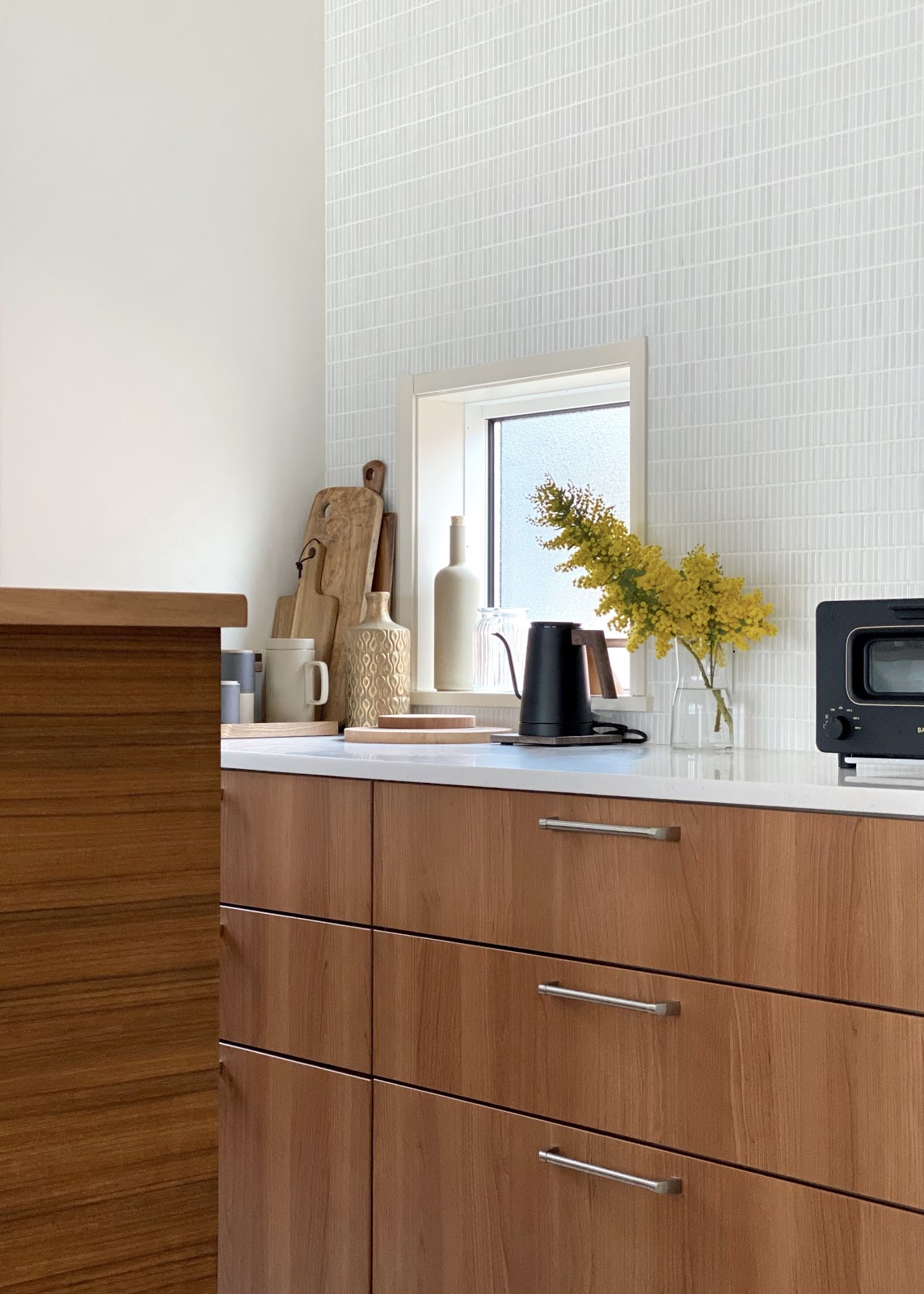
Japanese interior design implies refined colour mixes and laconic forms. This design style can be easily recognised by the abundance of natural materials and appeals to those who like a simple, structured space with minimal furniture.
Design usually begins with the selection of the colour scheme. Drawing inspiration from nature, a preference is given to restrained, light tones. Think of milky colours, beige and cream. These shades prevail when selecting wall colours, furniture and fabrics. All surfaces in the typical Japanese apartment are smooth. Interior designer, Ikuhiro Yamagata, shared with us some important design principles.
“The most important thing is to have maximum communication with the client. Of course, the client is the longest in the space I proposed, and I think it is my greatest role to create the space where the client is most calm. In concretely advancing interior design, input all kinds of information such as the client’s lifestyle, favorite things, and hobbies, and then output it in the form of interior design. I believe that good production can only be achieved if there is a relationship of mutual trust.”
Lighting
When following Japanese-inspired style of design it is important to pay attention to lighting. Different lights are able to create a relaxed and peaceful atmosphere in the spirit of Zen philosophy. Bamboo table lamps or tatami lamps create diffused lighting while some modern ceiling lights are covered with paper. Pendant lights are a great choice as well as they are suitable for most spaces. These Japanese-style chandeliers and lamps are beautifully crafted out of paper, glue and bamboo and can enhance well-lit corridors subtly and elegantly.
Bedroom
Traditionally furniture in the East has low legs. A Japanese-style bed for a themed room should, ideally, be quite low. Bamboo details and a basic lacquered chest of drawers along with tatami mats will complete the look. Traditional tatami mats are made from rice straw, but are very comfortable. When selecting furniture, it should be kept in mind that the space should be cluttered. Functionality takes preference, but it does leave some decorative room to play as well. Decorative items from natural materials such as bamboo, rice paper or wood can be great ways to add finishing touches. For an authentic touch try hanging rice paper lanterns from the ceiling.
Kitchen
The Japanese-inpsired kitchen is truly a special place. The kitchen can be warm and cozy as well as restrained and spacious. It is an attractive and comfortable place to spend time with friends and family. Beautiful little touches go a long way to create atmosphere and warmth in the kitchen. Apart from Japanese-style dishes and chinaware, more subtle hints of East can be included by using rice paper shades, cotton curtains, bamboo in a floor vase or having mats at seats or tablecloths.
Furniture and Living Room
Preference is given to furniture with elegant designs on low legs. A low coffee table can become a seating space when low ottomans and pillows are placed directly on the floor. The minimalism in decor excludes unnecessary details in the living room. The walls are typically bright.
Mr. Yamagata shared with us how the coronavirus impacted the interior design space. “We have been at home for a long time, and I have more consultations about interiors than before. Specifically, there are many requests to create a space that is conscious of remote work and social distance. Coronavirus has changed not only the way of working but also the way of thinking about interiors.”
Fans of Ikuhiro Yamagata’s work would be aware that he has a trusty side-kick named Maru. This tiny, spunky little feline possesses boundless curiosity and Mr. Yamagata credits her ability to find the calm spaces in his home.
The breed is a Singapura cat. I like the supple body line and lovely movements that cats have. Maru knows a lot of calm places in my house. Maru often tells us about small productions that I couldn’t notice. It’s like my home teacher.
Adaptable Design
Traditional Japanese interiors are characterized by adaptability. A large room can be converted into separate rooms by simply sliding doors. This adaptability has found its way into one of the top trends currently in interior design: Japandi. A beautiful fusion of Scandinavian and Japanese interior design principles, this trend is here to stay for the foreseeable future.
This is a Contributor Post. Opinions expressed here are opinions of the Contributor. Influencive does not endorse or review brands mentioned; does not and cannot investigate relationships with brands, products, and people mentioned and is up to the Contributor to disclose. Contributors, amongst other accounts and articles may be professional fee-based.
